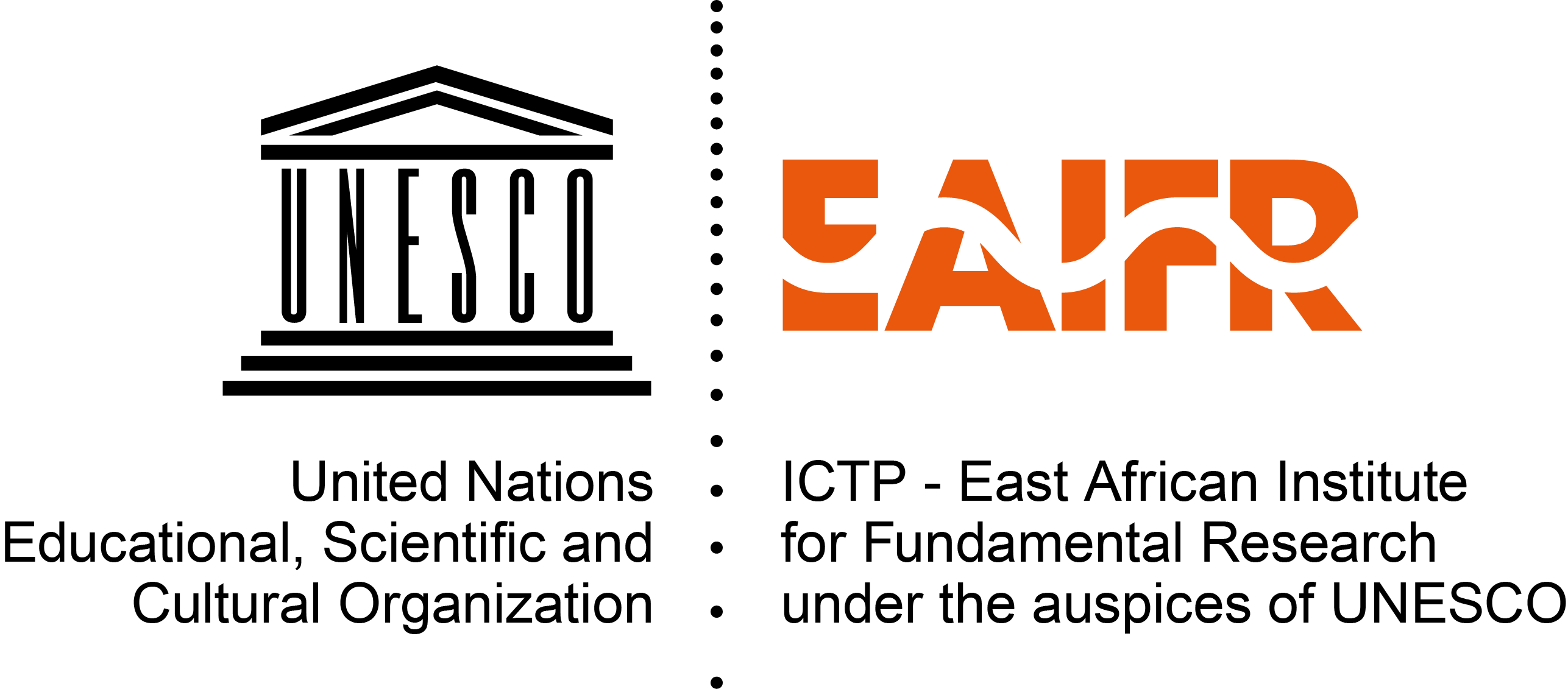ICTP-East African Institute for Fundamental Research
KIST2 Building CST
Nyarugenge Campus
University of Rwanda
Kigali, Rwanda
GEO@EAIFR Webinar Series 2023
Dr. Luca Dal Zilio, a Senior Researcher in Computational Earthquake Physics at the Swiss Federal Institute of Technology (ETH) in Zurich, will discuss the Anatomy of the Main Himalayan Thrust.

The East African Institute for Fundamental Research (EAIFR) and the International Centre for Theoretical Physics (ICTP) wish to inform those who may be interested of a GEO@EAIFR webinar. This seminar will take place on May 19, 2023 and will be broadcast live on ZOOM. It will also be recorded and later posted on the ICTP-EAIFR YouTube channel, where one can find the previous recorded GEO@EAIFR webinars. Below all the details:
Speaker: Dr. Luca Dal Zilio, Senior Researcher in Computational Earthquake Physics, Swiss Federal Institute of Technology (ETH), Zurich.
Title: Anatomy of the Main Himalayan Thrust: Elastic energy storage and lateral segmentation.
When: May 19, 2023 at 12:00 (Kigali time).
Register in advance for this meeting by clicking here.
All are very welcome.
Biography:
Luca Dal Zilio is a Senior Researcher in Computational Earthquake Physics at the Swiss Federal Institute of Technology (ETH) in Zurich. Luca holds a B.Sc. and M.Sc. in Geophysics from the University of Padova (Italy), as well as a Ph.D. in Computational Fluid Dynamics from ETH. Under the mentorship of Prof. Taras Gerya, he studied plate boundary deformation and earthquake source processes across different timescales. During his postdoctoral work at the California Institute of Technology (Caltech), he collaborated with Prof. Nadia Lapusta and Prof. Jean-Philippe Avouac on the development of numerical methods to incorporate visco-elasto-plastic rheologies and poroelastic effects into earthquake fault rupture and slow-slip events. His current research is focused on developing theoretical and numerical models that describe the full cycle of an earthquake, including nucleation, propagation, and arrest of fault rupture. These models aim to enhance our understanding of the mechanisms governing earthquakes. Dal Zilio’s work is applied to a wide range of geoscience problems, such as tectonics, earthquake physics, and fluid-induced earthquakes during anthropogenic fluid injections, hydraulic fracturing, injection of waste water, and CO2 storage.
Abstract:
Assessing the magnitude and return period of large earthquakes along the Himalayan arc is both a major societal concern and scientific challenge. Therefore, efforts to establish a better understanding of the physics governing fault and earthquake dynamics are of utmost importance. In this talk, I will discuss recent progress we have made towards that goal. In the first part, I present physics-based numerical models, which are used to constrain the geometry of the Main Himalayan Thrust (MHT) and to explore the conditions that could ex- plain the bimodal seismicity (Mw ∼7 vs. Mw 8+) of the large Himalayan earthquakes. These models establish the dependence of earthquake rupture patterns on fault frictional properties and non-planar geometry of the MHT due to variations in strength excess. In the second part, I propose the first probabilistic estimates of interseismic coupling along the MHT based on a recent compilation of geodetic data. Using a fully Bayesian approach, I evaluate the population of plausible coupling models given geodetic data and forward problem uncertainties. I will show how the spatial variability in coupling and complexity in earthquake history suggest lateral segmentation in the collisional structure, which are related to inherited tectonic structures from the India-Eurasia collision. The Himalayan megathrust appears to be paved with low- and high-coupling patches and the resulting pattern seems to have a profound influence on its long-term seismic behavior, as well as on individual earthquakes.



